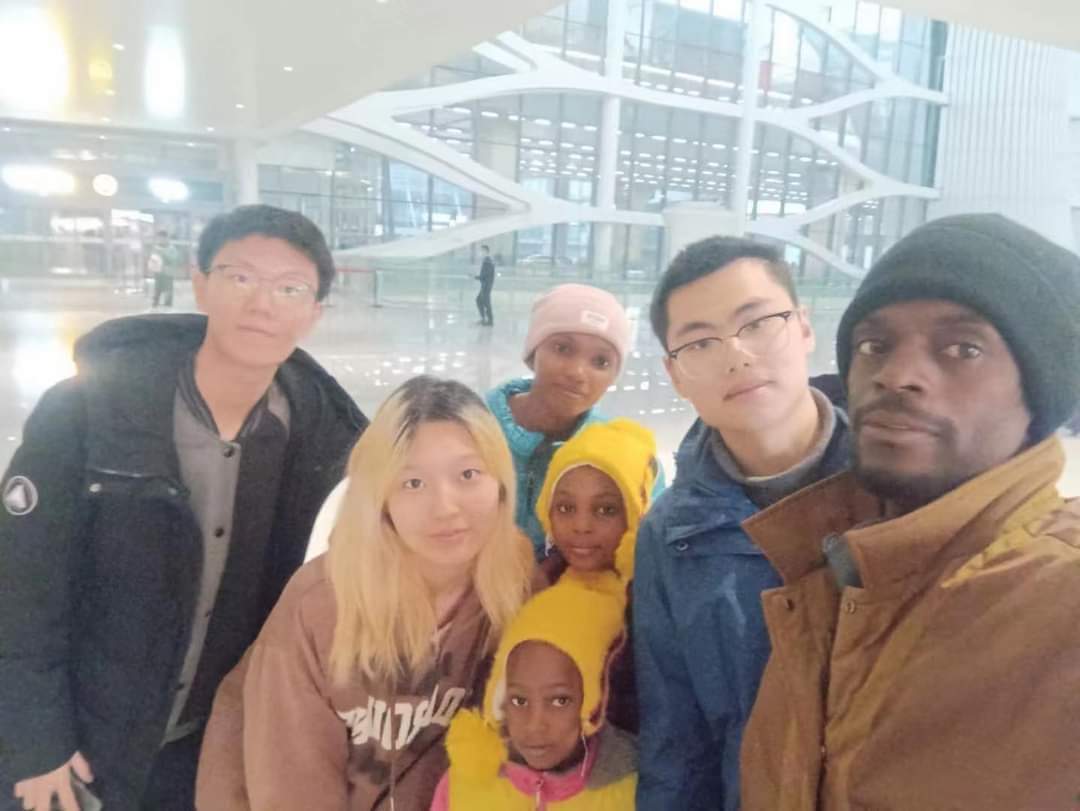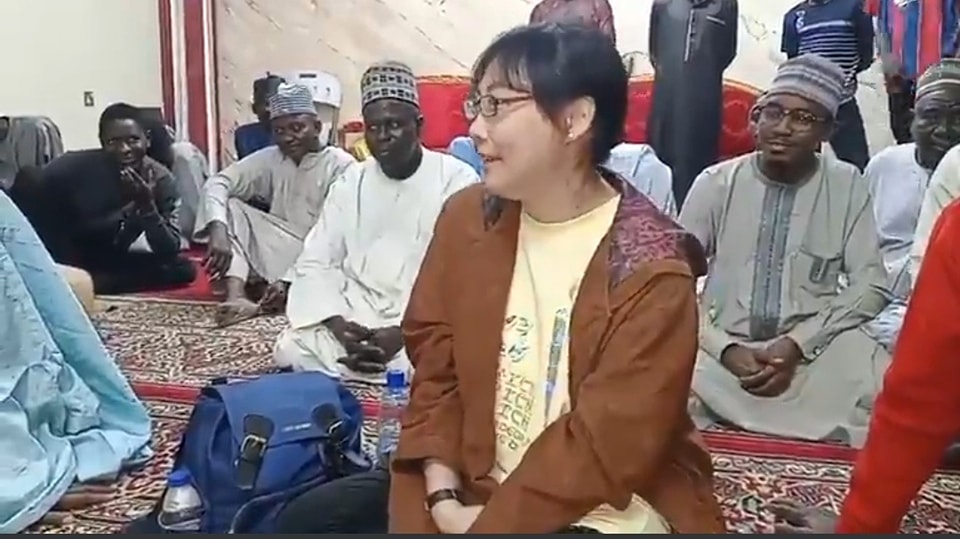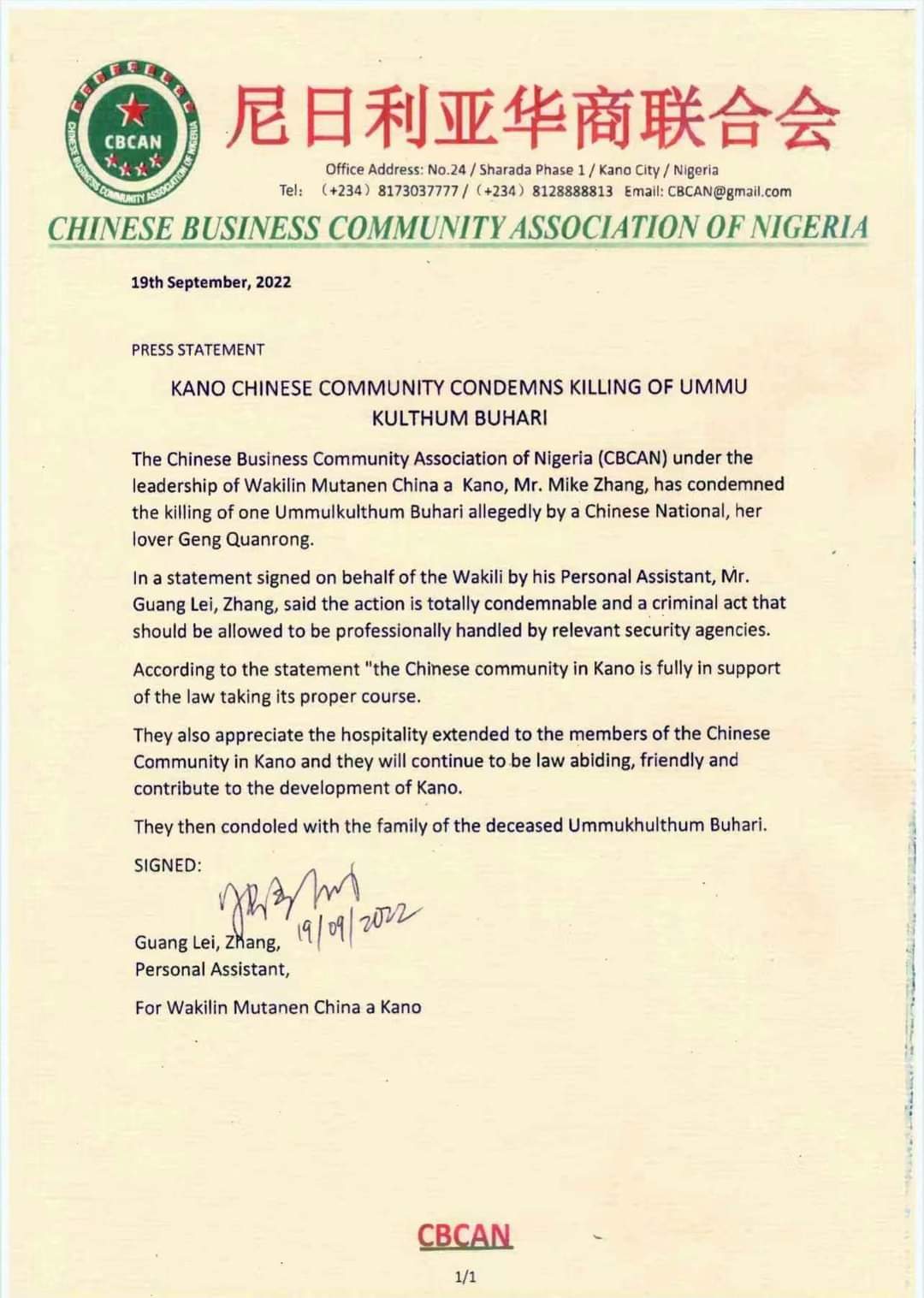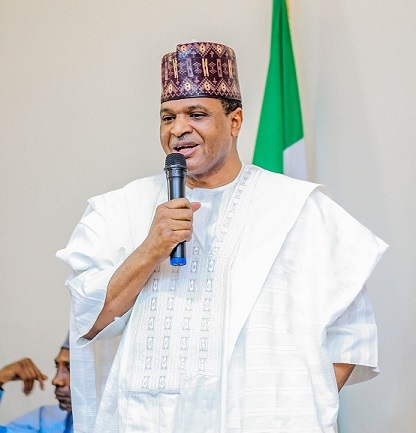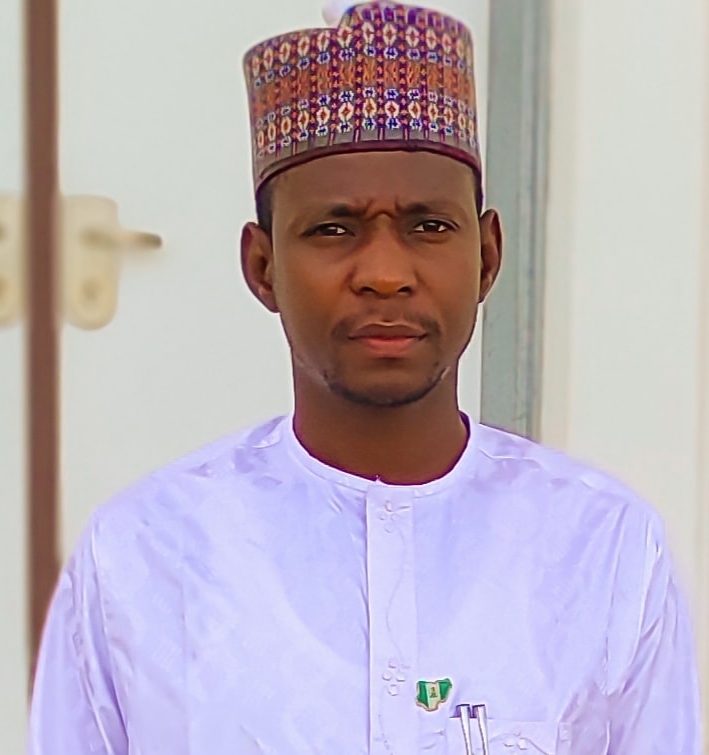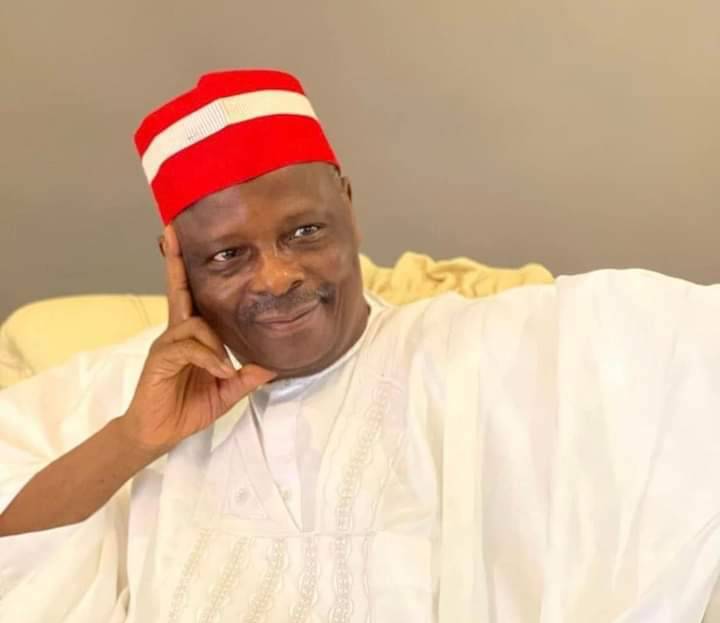The Daily Reality editor joins Beijing Foreign Language University to teach Hausa
By Sabiu Abdullahi Dr. Muhammad Sulaiman Abdullahi, a lecturer in the Department of Nigerian Languages and Linguistics at Bayero University Kano, has arrived in Beijing with his family, his close…
